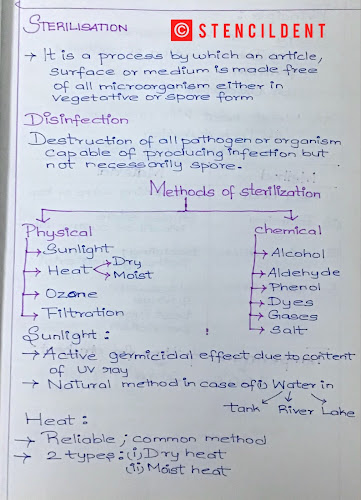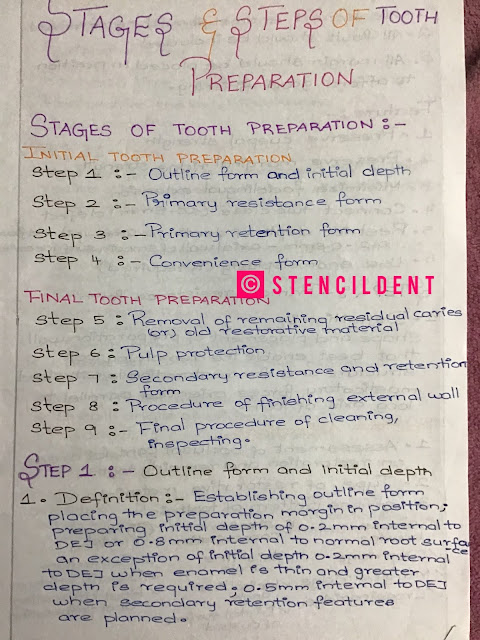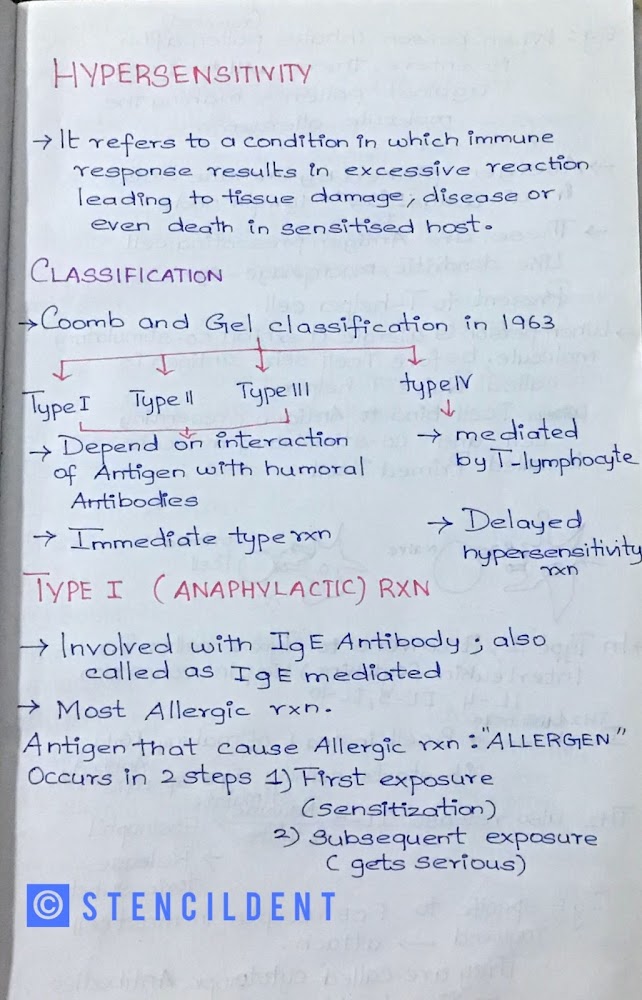Sterilization technique in microbiology
HELLO! DOCTOR VANAKAM,
I hope you all are doing good today we will be discussing sterilization various methods of sterilization, about dry heat sterilization and moist heat sterilization along with different methods employed, and what are the materials to be placed in this method in detail about autoclave its principle, working and of course uses. As I have had already informed you all through my previous post on the contribution of Louis Pasteur and Koch postulates if we haven't checked it out yet do check it out using this link https://www.stencildent.com/2020/07/contributions-of-louis-pasteur-and-koch.html wherein I would explain the importance for the need of the HOUR and always to sterilize things to and from the patients and also get geared up for the next post on SHOCK wherein I would cover the definition, types, classification along with etiology, pathogenesis, flow chart, the complication of septic shock in detail so now without any further ado lets get started.
STERILIZATION:
It's a process by which an article, surface or medium is made free of all organism either in vegetative or spore form
DISINFECTION:
Destruction of all pathogens or organism capable of producing infection but not necessarily spore
METHODS OF STERILISATION:
- SUNLIGHT: active germicidal effect due to content of UV ray, a natural method in case of water in river, lake, tank
- HEAT: Reliable and most common method.they are of two types of dry heat and moist heat
- PRINCIPLE: dry heat kills organisms by denaturation of bacterial protein and by oxidative damage, Moist heat kills organisms by denaturation and coagulation of protein.
- Method: Red heat sterilization: materials that are sterilized are inoculating wire or loop, In flaming glass slide, the mouth of culture tube, INCINERATION: bedding, Pathologic material, HOT AIR OVEN: glassware, syringe, test tube, Petri dish.
- TEMPERATUREAND TIME FOR DRY HEAT :
- 160-degree celsius for 2 hours
- MOIST HEAT STERILISATION:
- A) at a temperature below 100 degree celsius
- B)at a temperature of 100 degree celsius
- C) at a temperature above 100 degree celsius
A) AT TEMPERATURE BELOW 100 DEGREE CELSIUS
pasteurization: milk
inspissation: serum or egg media
vaccine bath: bacterial vaccine serum, body fluid
low-temperature steam formaldehyde: items which cannot withstand a temperature of 100-degree celsius
B) AT TEMPERATURE OF 100 DEGREE CELSIUS:
boiling: glass syringe, rubber stop
Tyndallisation; culture media containing serum, egg
steam sterilizer: an item which cannot withstand a temperature of 100-degree celsius
C) AT TEMPERATURE ABOVE 100 DEGREE CELSIUS :
An Autoclave is a method employed to sterilize materials above 100 degrees celsius
core concept :
water boils, vapor pressure =surrounding atmospheric pressure when atmospheric pressure increases boiling temperature increase similarly when vapor pressure increases inside the closed vessel lead to an increase in boiling temperature
AUTOCLAVE
PRINCIPLE:
saturated steam has good penetrating power and microbes are more susceptible to moist heat
when steam comes in contact with cooler surface condense to water and gives latent heat to the surface
reduction in volume sucks more steam to the area and the process continues till the temperature of that surface is raised to that of steam.
WORKING:
Autoclave consists of a vertical, horizontal cylinder of gunmetal or stainless steel in supporting sheet iron case, the lid is fastened by a screw clamp, and made airtight. the lid consists of 3 screws one for an outlet, safety valve, and indicator for pressure, electricity provide heat to the autoclave
1) sufficient water is put in the cylinder the material is placed on a tray, an autoclave is heated.
2) lid id screwed tight with discharge tap open
3) safety valve is adjusted to requires pressure
4) steam air mixture is allowed to escape freely till all air displace
5) when no more air bubble comes out, discharge tape is closed
6) the steam pressure rises inside when it reaches the desired level, safety valves open
7) holding period is calculated, when it gets over, the heater is turned off autoclave is allowed to cool till pressure gauge indicate, the pressure inside =atmospheric pressure
8)discharge tap opened slowly, the air is let into an autoclave
9)lid is opened, sterilization material is removed
STERILISATION CONDITION:
TEMPERATURE: 121-degree celsius for 15 minutes, 126-degree celsius for 10 minutes
USES: TO STERILIZE
- CULTURE MEDIA
- GLASS SYRINGE
- RUBBER MATERIAL
I hope you are satisfied with this post if u have any suggestion for next please feel free to let me down below in the comment section
Thank you









Really it's very useful and plz put for mycosis🙏
ReplyDeleteThank you so much for your encouraging comments ,yes i have posted on mycosis today ,do check it out and let me know your valuable comment.
DeleteFound it really useful!!plz post for chemical methods of sterilization 🙏
ReplyDeletenice
ReplyDelete